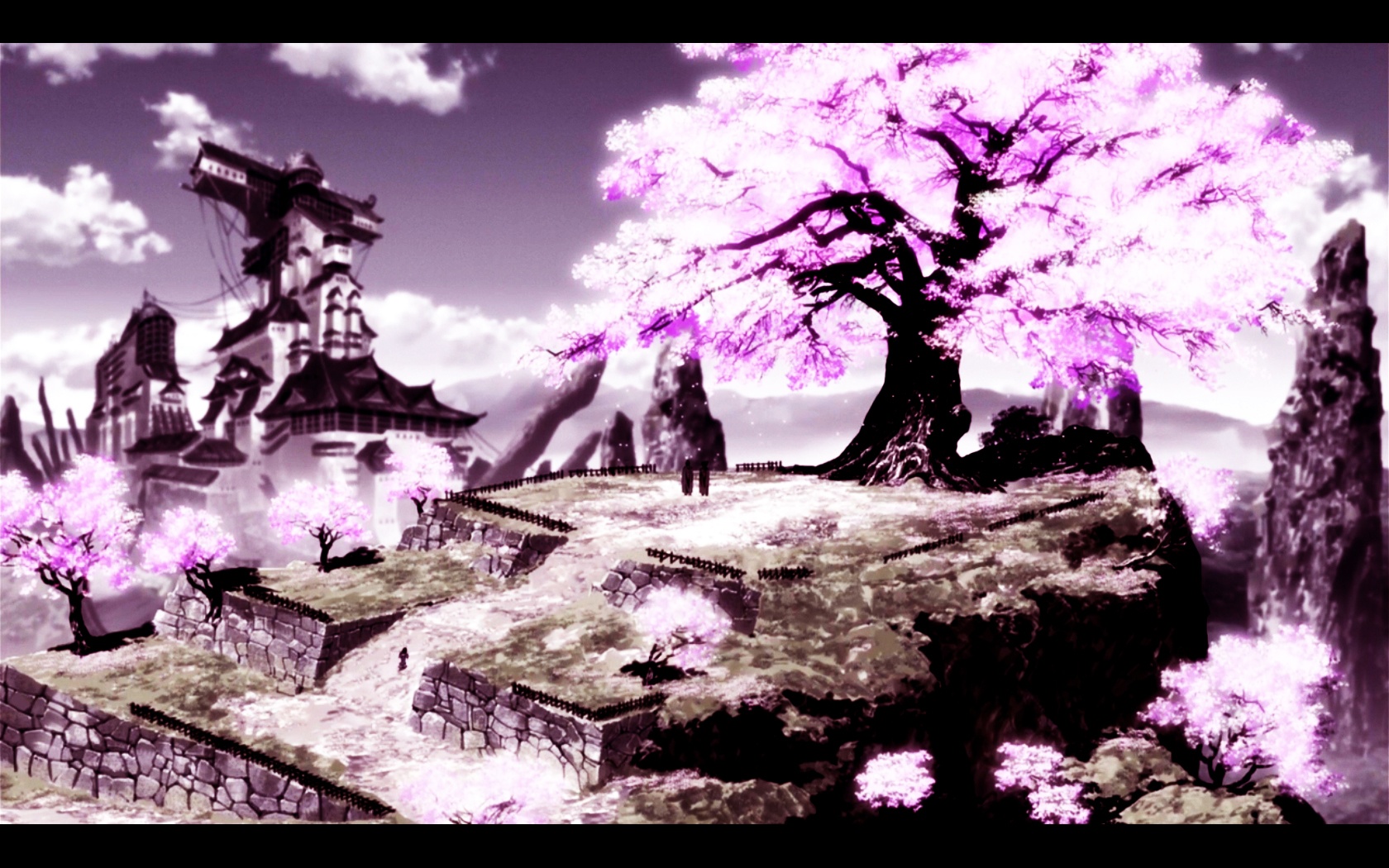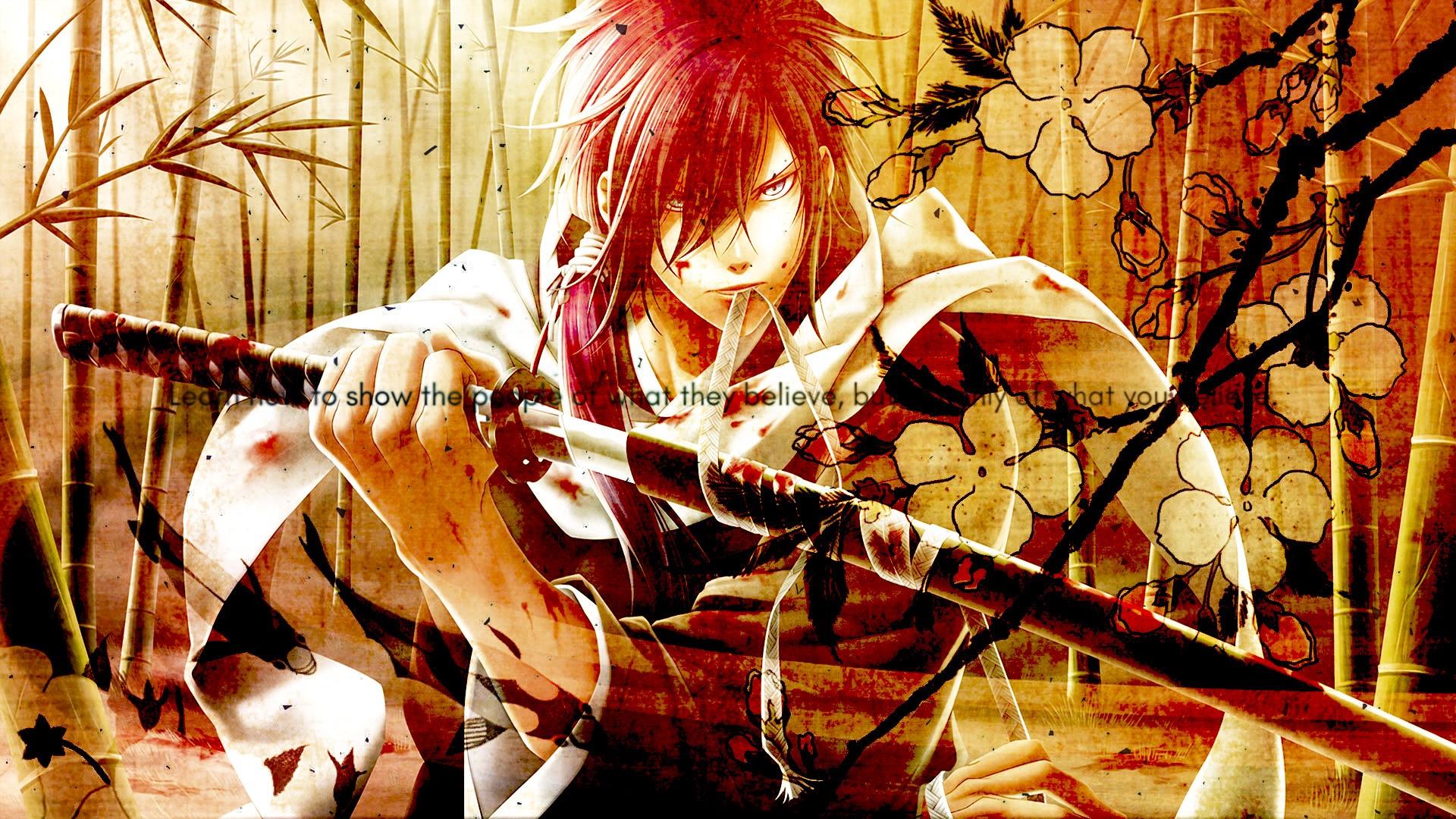


That unparalleled influence is a sign that Seven Samurai’s appeal lies in emotions and mythologies not only specific to feudal Japan, but which strike a universal chord. The Hidden Fortress (1958) was an influence on Star Wars, and Yojimbo (itself a reworking of Dashiell Hammett’s novel Red Harvest) was rehashed by Sergio Leone as A Fistful of Dollars, which kick-started the spaghetti western craze. The plot of Seven Samurai has been recycled not just in The Magnificent Seven – Hollywood made two versions, one in 1960, the other in 2016 – but in science fiction (Battle Beyond the Stars and Rogue One) and animation (A Bug's Life). In later years, Kurosawa tended to downplay his enthusiasm for the films of John Ford, but his achievement was to combine the conventions of the western with a radical new fusion of Japanese genres: the chambara (swordplay film) and the jidaigeki (period drama).īut just as Kurosawa’s samurai movies were influenced by Hollywood westerns, they in their turn have been hugely influential on cinema in the West. It introduced a culture that was foreign yet intriguing, and accessible to audiences weaned on Hollywood westerns. And Seven Samurai surely owes part of its popularity in the West to the fact that, in the pre-video era, it was one of the first Japanese films many viewers had ever seen. To begin with, he was the first Japanese director to win international acclaim when his film Rashomon was awarded the Golden Lion at the 1951 Venice Film Festival. 12 g reat foreign-language masterpieces you may not know Why are women film-makers 'excluded' from history?
Seven samurai anime landscape full#
The full list of critics who participated – and how they voted What the critics had to say about the top 25 The 100 greatest foreign-language films Read more about BBC Culture’s 100 greatest foreign-language films:

Even during his most successful film-making years, Kurosawa was often held in higher esteem abroad than in his own country. But perhaps that’s what we should have expected. Tellingly, though, Kurosawa’s global appeal didn’t reach as far as the Japanese critics who took part not one of them voted for Seven Samurai, or any other Kurosawa film, preferring the subtler homegrown talents of Yasujirô Ozu and Kenji Mizoguchi. As elevator pitches go, it’s hardly ideal, yet not only did Seven Samurai take first place in BBC Culture’s 100 greatest foreign-language film poll, with 41 critics (20 per cent of the total) voting for it, Kurosawa was one of the most popular directors overall, with three of his other films (Rashomon, Ikiru and Ran) all making the top 100. Akira Kurosawa's Seven Samurai (1954) is a three-and-a half-hour-long black-and-white epic set in war-torn, 16th-Century Japan.


 0 kommentar(er)
0 kommentar(er)
